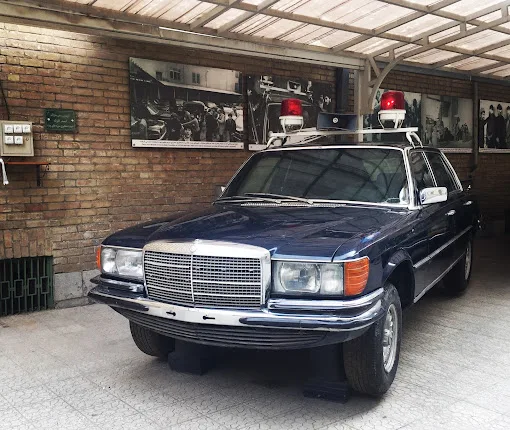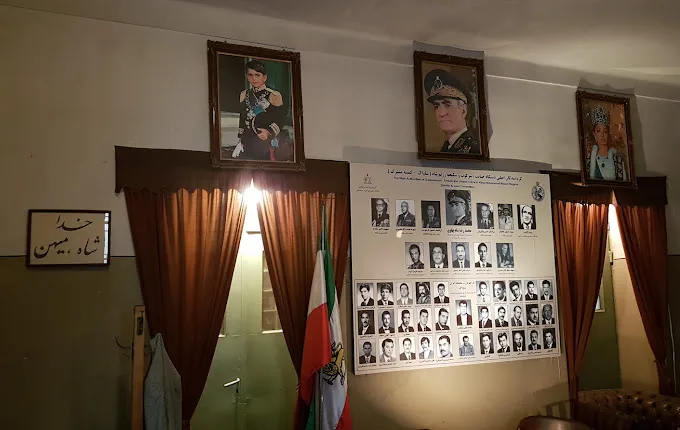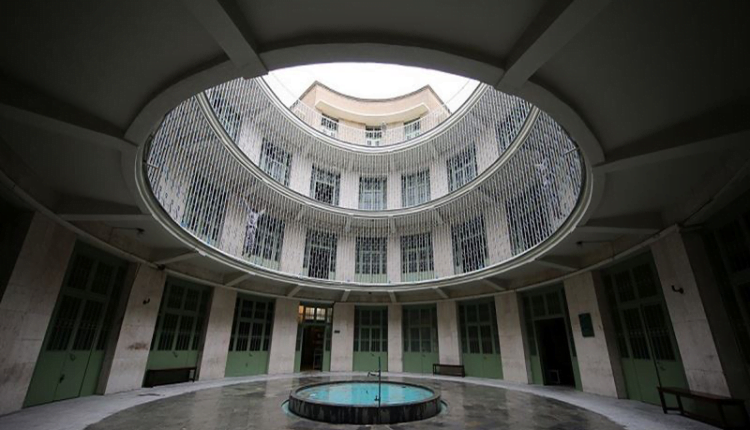Ebrat Museum
Ebrat Museum in Tehran
Ebrat Museum: Unveiling the Dark Chapters of Iran’s History
Discover the Disturbing Past at Ebrat Museum
Located in the Laleh-Zar, Ferdowsi, and Sheikh Hadi districts of Tehran, Ebrat Museum “Edification Museum” is a specialized museum that sheds light on the painful history of political prisoners during the Pahlavi era. If you are traveling to Tehran or living in the city, this is an eye-opening location to visit.
As you enter this haunting museum, you will be introduced to the faces and stories of those who suffered within its walls. Lifelike sculptures depict some prisoners, offering a glimpse into their lives and experiences.
The museum also features a shop where visitors can purchase films and books related to the Revolutionary era.

A Window into Iran’s Troubled Past
Originally established as a detention center by order of Reza Shah Pahlavi, Ebrat Museum was the first prison exclusively for women, operational from 1932 to 1937.
Also, in 1971, the regime formed a joint anti-sabotage committee comprising members of the police and known as the SAVAK (“Sāzemān-e Ettelā’āt va Amniyat-e Keshvar” or Organization of Intelligence and National Security)to identify and arrest university students and anti-regime groups.
Interestingly many of these individuals were transferred to Ebrat Museum for interrogation and imprisonment. A visit to this museum offers an up-close encounter with the stories of these prisoners.
Unveiling the Horrors
Within the walls of Ebrat Museum, visitors will come face-to-face with the tools and methods of torture used during that era.
Also, from electric batons and cables to heated chairs, heated cages, crucifixion-style suspension, and even the use of cigarette burns on sensitive body parts, the museum reveals the dark and painful methods employed in extracting information and suppressing dissent.
Until 2003, Ebrat Museum served as a detention center, known as the “Nedamatgah-e Towhid” (Place of Repentance).

Explore Ebrat Museum
Ebrat Museum consists of five main sections: the clothing room, the main courtyard, the torture chamber equipped with various devices, the punishment room for electroshock torture, and the meeting area for prisoners.
Since 2003, the museum has been open to the public, inviting visitors to learn about this harrowing period in Iran’s history and to reflect on the importance of human rights and justice.
It is one of the two former prisons now converted into museums see more here.
Visit and Access
- Address: Tehran, Imam Khomeini Square, Ferdowsi Street, Tabas Alley, Yarjani Street.
- Admission Fee: Affordable. Average ticket price: 10,000 Iranian Rials.
- Opening Hours: Daily from 9:00 AM to 4:00 PM.
- Website: www.ebratmuseum.ir
Getting to the Museum
- Private Vehicle: Ebrat Museum is located on Yarjani Street, which is a branch of Kushk-e Mesri Street, between Ferdowsi Street and Si Tir Street.
- Metro: Take Line 1 of the Tehran Metro and disembark at Imam Khomeini Station. From there, head towards Ferdowsi Street and proceed directly to Tabas Alley.
- Continue straight until you reach Yarjani Street, where Ebrat Museum is situated. Alternatively, if you alight at the Post Office Station, walk straight to reach the Museum of Communications.
- From there, continue on Yarjani Street, and the museum will be on your right-hand side.
Step into the Dark Past
Embark on a poignant journey through Iran’s history at the Ebrat Museum, where the stories of political prisoners and the horrors they endured are preserved. Gain a deeper understanding of the struggles faced during that era and reflect on the importance of human rights and justice in our world today.


